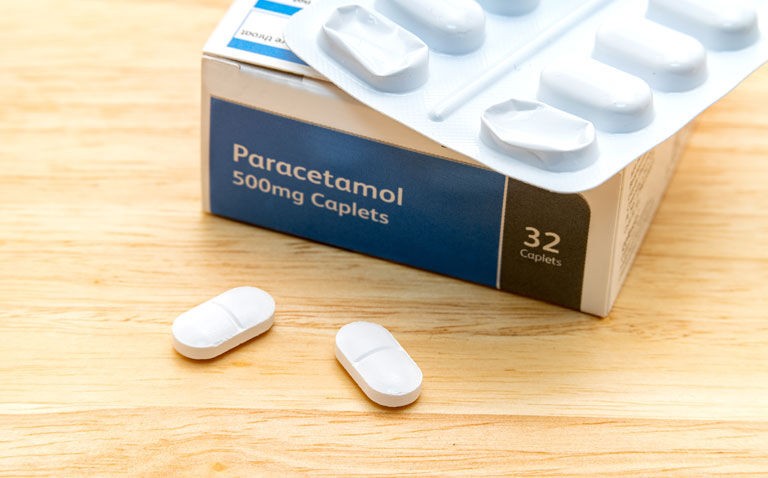Regular paracetamol use in both normotensive and hypertensive patients has been found to increase systolic but not diastolic blood pressure
Paracetamol use over a period of only two to three weeks seems to be enough to produce a significant increase in systolic blood pressure in normotensive and hypertensive patients according to the findings of a meta-analysis by researchers from New York, US.
Paracetamol (acetaminophen) is a widely for its analgesic and anti-pyretic properties and is considered to be generally safe unless taken in large quantities at which point, liver toxicity can occur. Though it is well established that non-steroidal anti-inflammatory drugs (NSAIDs), increase blood pressure in patients with controlled-hypertension, much less is known about the effect of paracetamol use on blood pressure.
Currently, some evidence suggests that paracetamol use, particularly, the effervescent form, is responsible for a significant daytime and overall increase in ambulatory 24 hour systolic blood pressure. However, in contrast, a review of the use of intravenous paracetamol, it was concluded that the drug actually has a hypotensive effect.
Moreover, this hypotensive effect has been shown in a study of 160 patients, to necessitate a therapeutic intervention in 34.9% of participants. While in a study of over 2,000 nursing home residents, paracetamol use was found to be safe for most, this was not the case for all residents.
With conflicting results, for the present analysis, the US team performed a systematic review and meta-analysis to investigate the effect of paracetamol use compared to placebo on systolic and diastolic ambulatory blood pressure.
They undertook a search of three major databases (PubMed, EMBASE and the Cochrane Library records) for randomised, controlled trials that included patients with or without cardiovascular disease and where changes in both systolic and diastolic pressure changes were reported.
Paracetamol use and changes in blood pressure
The search revealed only 3 relevant studies that included a total of 172 patients with a mean age of 59.9 years (73% male) and in which paracetamol was given daily over the course of two to three weeks.
Overall, paracetamol use resulted in a significantly higher systolic blood pressure compared to placebo (standardised mean difference, SMD = 0.35, 95% CI 0.08 – 0.63, p = 0.01). In a subgroup analysis of hypertensive patients, this difference was also significant (SMD = 0.38, 95% CI 0.05 – 0.71, p = 0.02).
Interestingly, there was no significant effect on diastolic blood pressure either overall (SMD = 0.18, 95% CI – 0.09 to 0.45, p = 0.19) or in the subgroup of hypertensive patients(SMD = 0.09, 95% CI -0.34 to 0.52, p = 0.68).
The authors suggested that while there is an underlying assumption that paracetamol use is generally safe, these findings challenge that assumption.
They concluded that there was a significant correlation between the use of paracetamol and systolic blood pressure in both normotensive and hypertensive patients.
Citation
Gupta R et al. Effect of acetaminophen on blood pressure: a systematic review and meta-analysis of randomized controlled trials Eur J Prev Cardiol 2022










